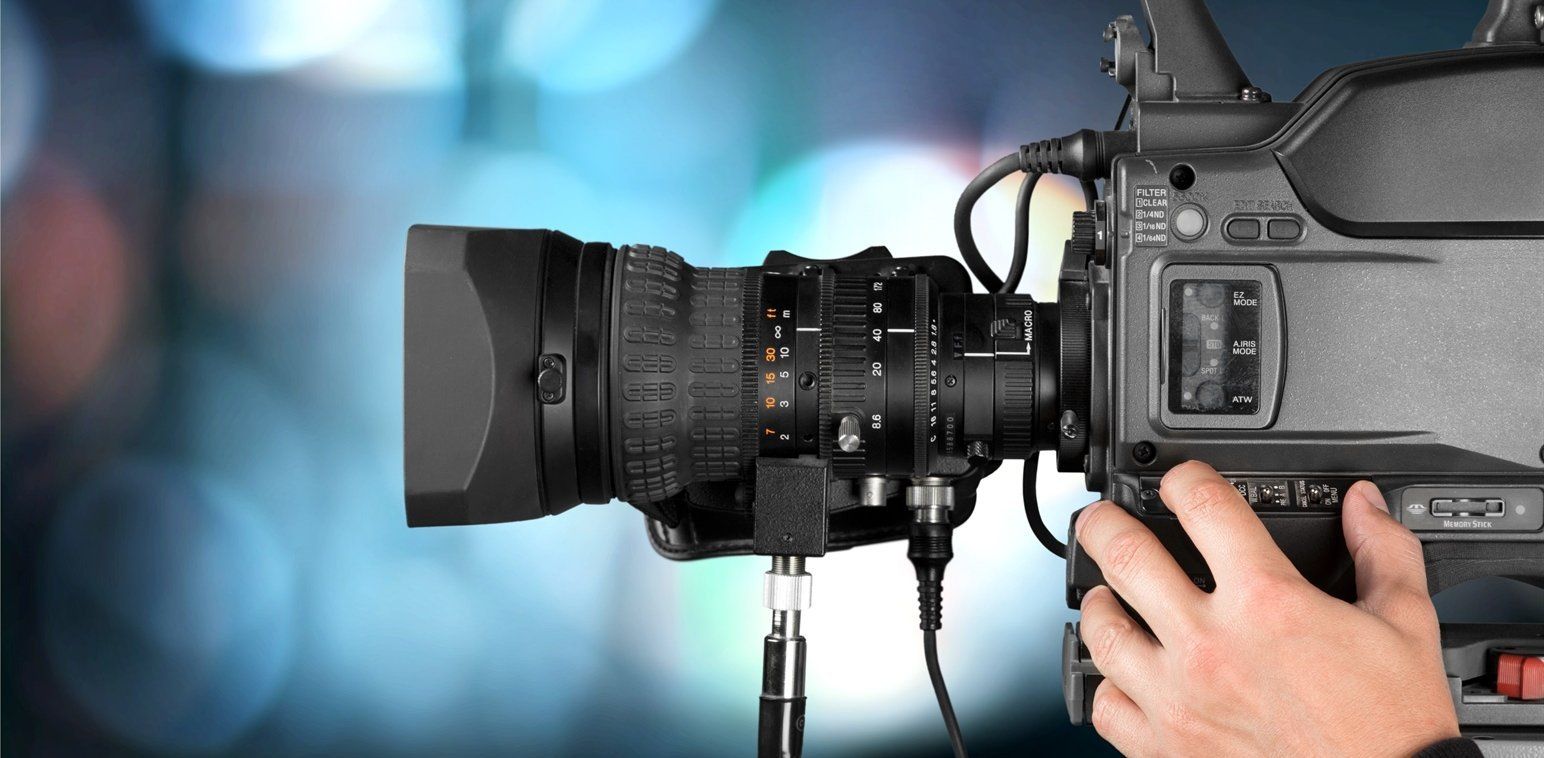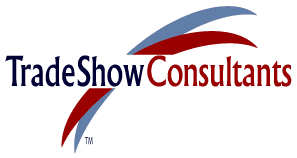By Peter LoCascio
•
15 Nov, 2021
A client recently asked me to help them better define the duties and responsibilities of a trade show exhibits manager as part of their search to fill a newly created position within their sales and marketing departments. To begin, I needed to know their answers to a few key questions that would serve as a solid foundation. From there, I could begin to fill in some of the blanks and, in the end, deliver to them what they needed. In an effort for them to hire the right person for the job, I had to picture myself in the position and imagine how I might approach the job for the benefits of both the corporation and myself. I also wanted to ensure that we were all working on the same page when it came to the job’s title, compensation, duties and responsibilities. Here are some of the questions I asked: Who would this position directly report to? This was key, because as I’ve stated many times, marketing and sales are very different. I believe marketing is more strategic and sales is more tactical in their approach to running a business. Marketing could approach exhibiting at trade shows differently than the sales department would, and that difference might lead to misunderstandings and make the job of the trade show exhibits manager job more difficult. How many trade shows are on the schedule each year and where are they? Shows held domestically require one type of planning, while international shows require another level of planning and executional logistics to ensure success. Knowing this up front is important for someone in the role of trade show exhibits manager. How are exhibiting budgets developed and what is included? For instance, is trade show travel and per diem for booth staff included? What exactly is charged to the trade show exhibit budget, and does the trade show manager have responsibility and authority to manage it all? How active is top management in the early planning of trade show exhibiting and who decides how much exhibit space is needed? It’s incredibly helpful to know who is responsible for selecting the exhibit space, which company products or services are displayed and how much space is dedicated to each. Is there a purchasing department representative assigned to work directly with the trade show exhibits manager to ensure that expenditures are managed according to approved corporate guidelines? Are there key major trade shows the manager will be required to travel to and work the booth for the entire show, including setup and dismantling? Does the trade show exhibits manager have to attend all secondary shows or can he/she arrange to have the sales or marketing staff handle them? Who decides who is selected to work the booth during the show? Who selects the booth captains, and how much authority does the trade show exhibits manager have to manage their performance? Have the most important trade shows been effectively planned at least six months prior to a show, including all stakeholders, to ensure continuity of strategies, tactics and accurate expectations? Are the exhibit materials stored on site or in a vendor’s warehouse? Is there a dedicated exhibit fabricator and service provider on contract? Is the company satisfied with their service and costs? How are the exhibit materials and products shipped to and from trade show facilities? Is hall labor used to setup and dismantle the exhibit or does the exhibit provider include labor? What kind of trade show exhibit inquiry/sales lead process is used to generate, qualify and manage leads during and after the show? Who is responsible for managing this function? Who is responsible for making travel arrangements for company staff attending and working the trade show exhibit? Is a corporate suite at a local hotel used as the company headquarters where staff can meet before, during and after the show to coordinate activities, gather intelligence and meet with key prospects and customers? Who is responsible for managing this function, and are the costs charged to the trade show exhibit budget? Is a pre-show meeting planned the evening before the show to review exhibiting goals, objectives and booth layout while presenting product-specific marketing and sales details? Is there a post-show report created and distributed to stakeholders covering what worked and what needs to be improved soon after each show? This information should set the stage for improving problem areas while maintaining and building on areas that worked well and should be implemented at the next shows. One of the most important suggestions I made was that the trade show exhibits manager must assume both the responsibility and accountability for all aspects of exhibiting using the budget as a guideline. There should be no charges assigned to the trade show exhibiting budget without the manager’s knowledge and ability with authority to directly manage them. A final important point is that both compensation and time management should allow for the trade show exhibits manager to stay at every major trade show to work the booth alongside sales, marketing, management and technical support for the duration of the show. Allowing a trade show exhibits manager to assume total responsibility and accountability for successfully managing all aspects of trade show exhibiting will ensure that the person in the role is respected and valued as an important sales and marketing function. Peter LoCascio Founder Trade Show Consultants













